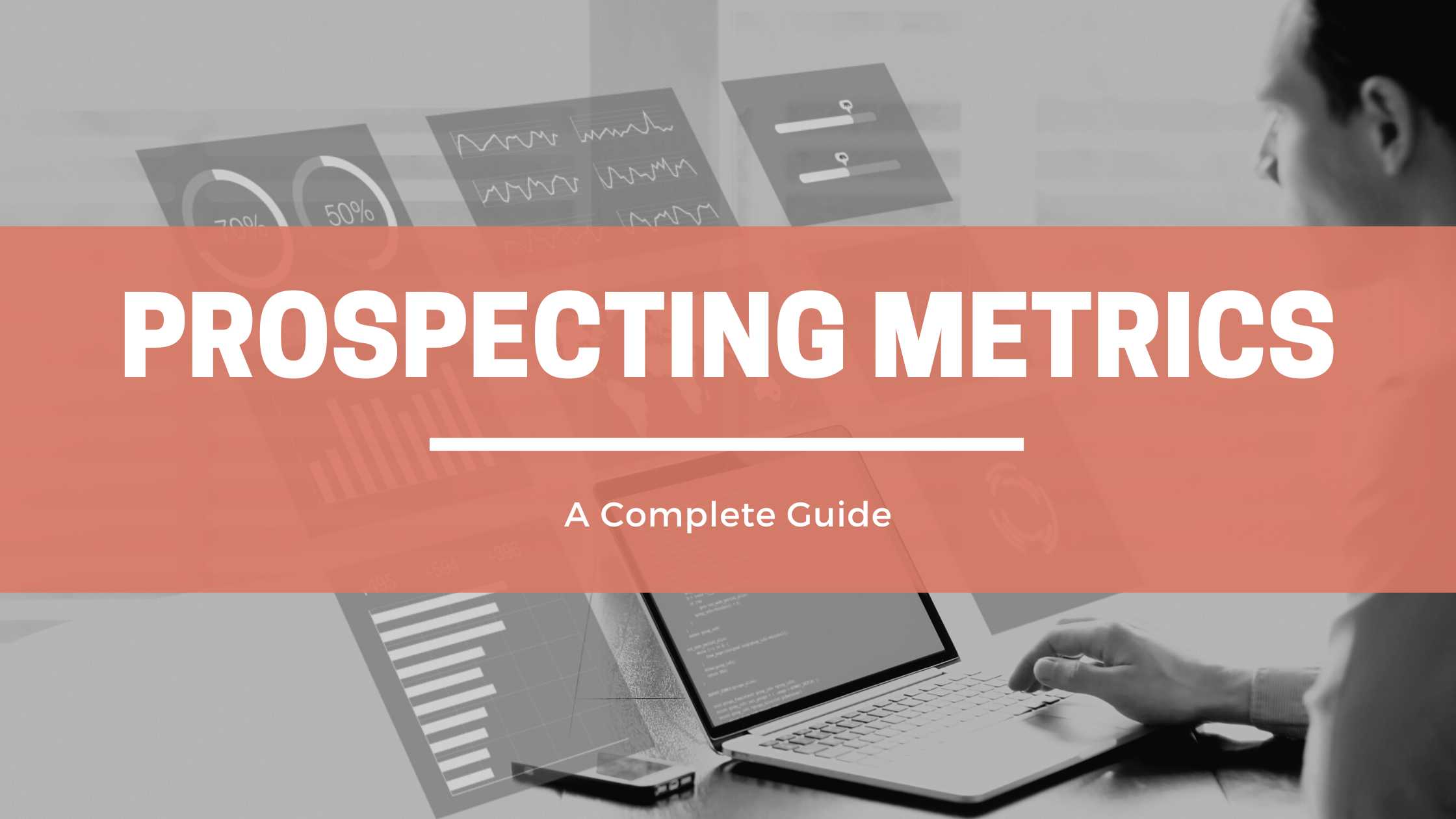In this article, we will take a closer look at what prospecting metrics are, why they matter, and how to use them to improve your sales results. Whether you’re a seasoned sales professional or just starting out, understanding these metrics is critical for success in today’s competitive sales landscape.
What is prospecting metrics?
Prospecting metrics are key performance indicators (KPIs) that track the effectiveness of a sales team’s efforts to identify and engage potential customers (prospects).
What is an example of prospecting metrics?
An example of prospecting metrics is the conversion rate, which measures the percentage of prospects who become paying customers after being contacted by a salesperson.
What is the importance of prospecting metrics?
The importance of prospecting metrics is that they help organizations understand how well their sales teams are performing in terms of identifying and engaging with potential customers. By tracking these metrics, organizations can optimize their prospecting efforts, increase their sales pipeline, and ultimately grow their revenue.
What are the types of prospecting metrics?
Types of prospecting metrics:
- Conversion rate
- Lead response time
- Lead source effectiveness
- Number of qualified leads generated
- Contact-to-opportunity ratio
What are the types of prospecting?
Types of prospecting include:
- Cold calling
- Cold email
- Social selling
- Door to door sales
- Direct mail prospecting
- Event prospecting
- Kiosk sales
What are the prospecting metrics?
Prospecting metrics are performance indicators that measure the effectiveness of a sales team’s efforts to identify and engage potential customers.
How do you measure prospecting metrics?
To measure prospecting metrics, organizations typically use tools such as customer relationship management (CRM) software, marketing automation software, or data analytics platforms. These tools collect and analyze data on various aspects of the sales process, such as lead generation, lead nurturing, and conversion rates.
What is the difference between prospecting metrics and KPIs?
The difference between prospecting metrics and KPIs is that KPIs are broader measures of business performance that help organizations track their progress towards achieving their strategic goals. Prospecting metrics, on the other hand, are a subset of KPIs that specifically focus on the performance of the sales team in identifying and engaging with potential customers.
What is the successful ratio for prospecting?
The successful ratio for prospecting varies depending on a number of factors, including the industry, the target market, the sales process, and the sales team’s performance. There is no single benchmark for what constitutes a “successful” prospecting ratio.
What is the 30 day rule of prospecting?
The “30-day rule” of prospecting refers to the idea that salespeople should make at least one attempt to contact each prospect within the first 30 days of identifying them. The idea behind this rule is to strike while the iron is hot and establish a relationship with the prospect while they are still engaged and interested.
What is the most useful tools for prospecting?
The most useful tools for prospecting can include:
- Customer Relationship Management (CRM) software
- Marketing automation software
- Data analytics platforms
- Social media management tools
- Email marketing software
- Lead generation software.
The choice of the most useful tool will depend on the specific needs and goals of the organization.

